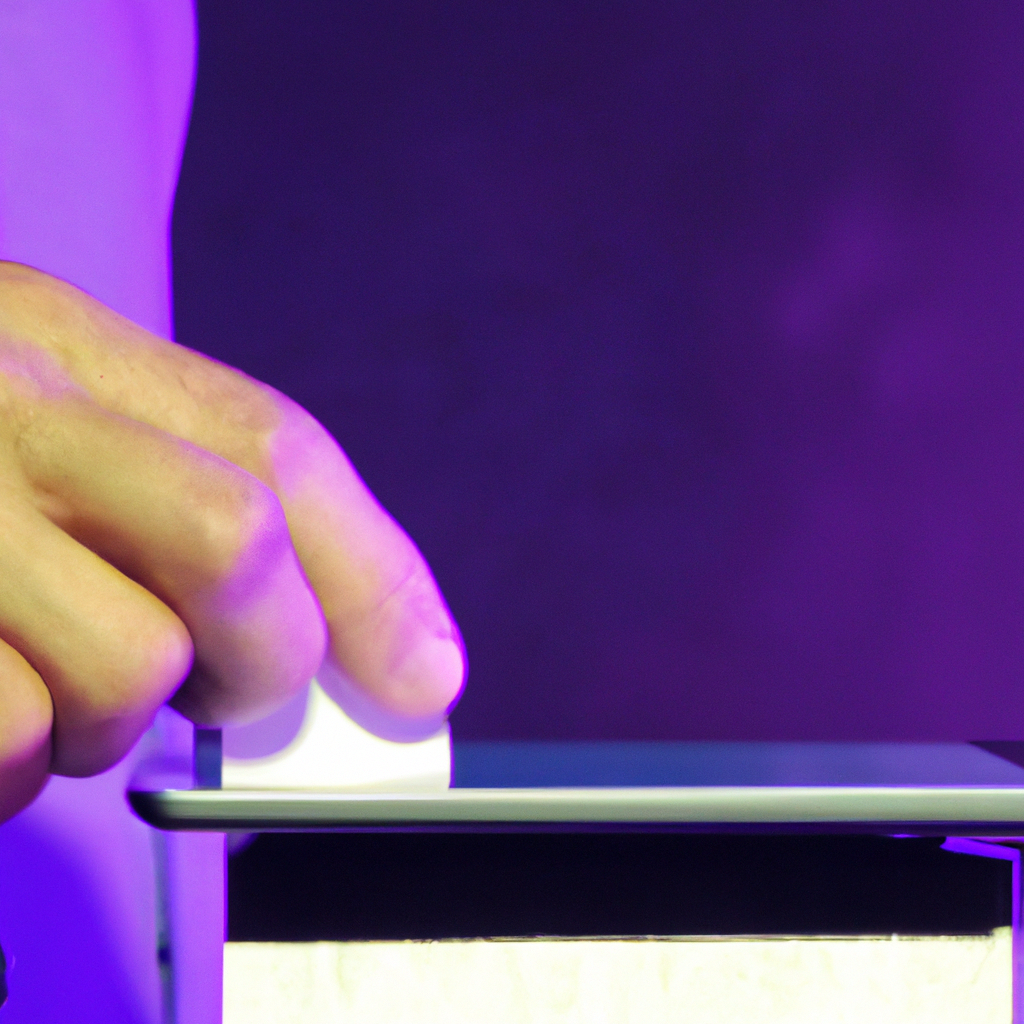Have you ever wondered how a touchscreen responds to touch? In today’s digital age, touchscreen technology is becoming more and more prevalent in our daily lives. From smartphones to tablets, ATMs to self-service kiosks, interactive displays are everywhere. But how do they work? In this article, we will explore the world of touch screen technology and delve into the science behind touch response.
What is a touchscreen?

A touchscreen is an electronic display that allows users to interact with it by touching the screen. It replaces the traditional keyboard and mouse and provides a more intuitive way to interact with digital content. Touchscreens are made up of several layers, including a protective glass layer, a touch sensor layer, and a display layer.
How does touch response work?
Touch response is the ability of a touchscreen to detect and respond to touch input. There are several types of touch screen technology, but the most common is capacitive touch. Capacitive touch screens work by sensing changes in electrical charge when a conductive object, such as a finger, touches the screen.
The touch sensor layer of a capacitive touch screen is made up of a grid of tiny electrodes. When a finger touches the screen, it creates a conductive connection between the finger and the electrodes. This creates a change in electrical charge, which is detected by the touch sensor and translated into a touch event.
What factors affect touch response?
Several factors can affect touch response, including:
– Screen size: Larger screens may have a slower touch response time due to the increased distance that the electrical charge must travel.
– Protective coatings: Some touchscreens have protective coatings that can affect touch response. For example, anti-glare coatings may reduce the clarity of the display but can improve touch response by reducing the amount of light reflected off the screen.
– Temperature: Extreme temperatures can affect touch response. Cold temperatures can cause the screen to become less responsive, while hot temperatures can cause the screen to become oversensitive.
– Moisture: Touchscreens may not work properly if they are wet or if there is moisture on the screen.
How can touch response be improved?
To improve touch response, manufacturers can take several steps, including:
– Increasing the number of electrodes in the touch sensor layer to improve accuracy and sensitivity.
– Using special coatings on the screen to reduce glare and improve touch response.
– Implementing software algorithms to improve touch response and reduce lag.
– Using advanced touch screen technology, such as in-cell touch or force touch, which can provide even more precise touch response.
Conclusion
In conclusion, touch response is the ability of a touchscreen to detect and respond to touch input. Capacitive touch screens work by sensing changes in electrical charge when a conductive object, such as a finger, touches the screen. Several factors can affect touch response, including screen size, protective coatings, temperature, and moisture. To improve touch response, manufacturers can implement several strategies, including increasing the number of electrodes, using special coatings, and implementing software algorithms. As touch screen technology continues to evolve, we can expect even more responsive touchscreens in the future.






